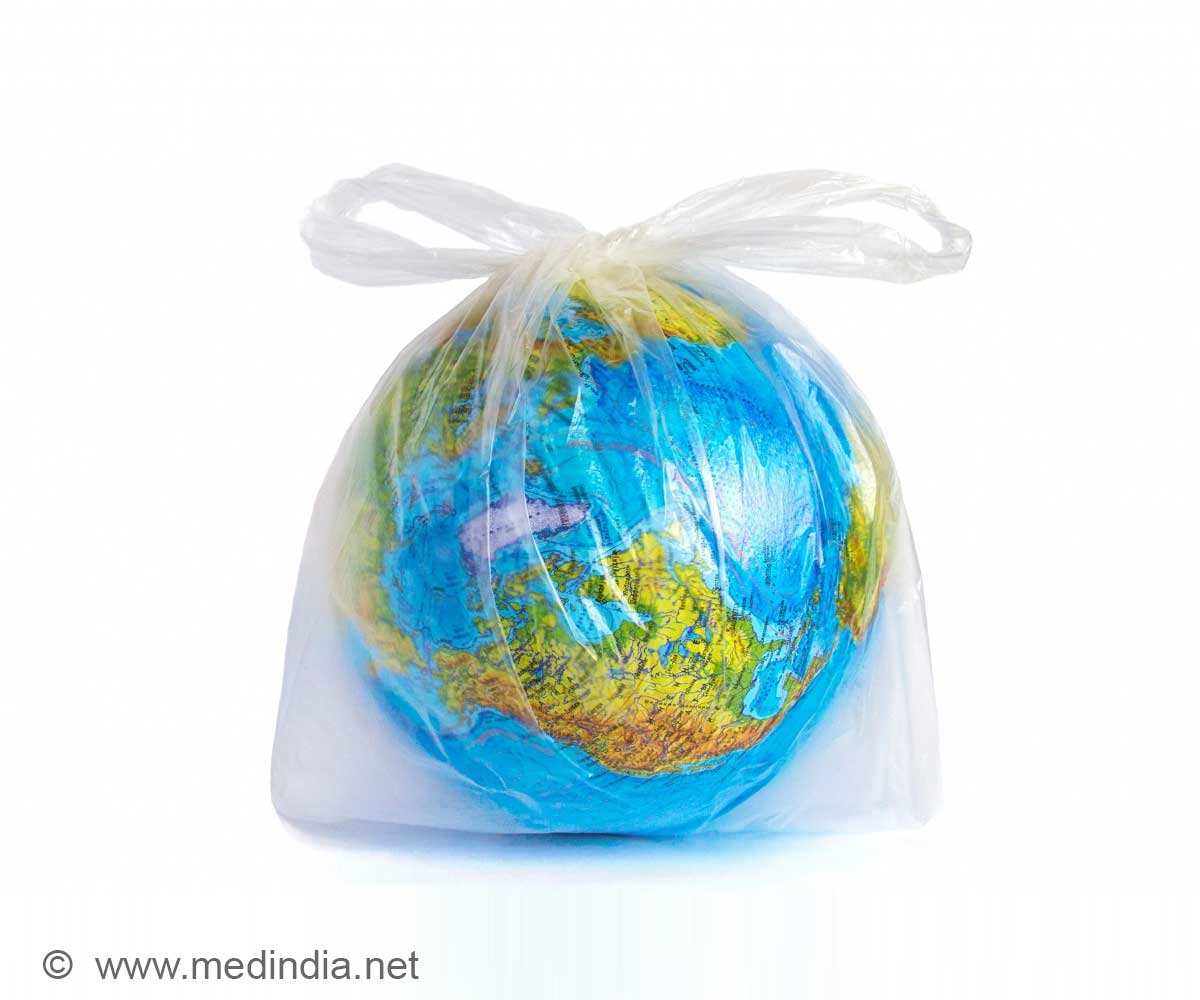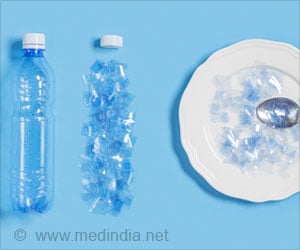Simple and relatively cheap way to turn used plastic bags into an energy-storing carbon has been discovered to fight plastic pollution. This upcycled plastic bags can be used to create battery parts.

‘Plastic bags may someday be powering your smartphone. Researchers develop a simpler yet effective way to convert plastic waste into beneficial carbon-containing materials which can be used to create battery parts.’





Plastic pollution has become a huge environmental issue, prompting a few cities and countries to tax or ban the sacks heavily. These plastic bags end up in landfills, oceans after a one-time use, where they take hundreds of years to decompose, and as it gradually degrades with sunlight, it releases poisonous chemicals into the environment.Although it has been acknowledged for a while that polyethylene present in plastic bags could be converted into energy-storing carbon, previous techniques to “upcycle” polyethylene into pure carbon have been complex and expensive processes.
The research team wanted to develop a simpler yet effective way to convert plastic waste into beneficial carbon-containing materials.
In the new inexpensive method, the researchers submerged polyethylene plastic bags in sulphuric acid and sealed them inside a special reactor, which heated the sample to just below polyethylene’s melting temperature.
This enabled the plastic to be heated to a much higher temperature without vaporizing into toxic gases. After that, they removed the treated polyethylene from the solvothermal reactor and heated it in a furnace to generate pure carbon. The last step was to ground the carbon into a black powder which can be used to make anodes for lithium-ion batteries.
Advertisement
Source-Medindia








